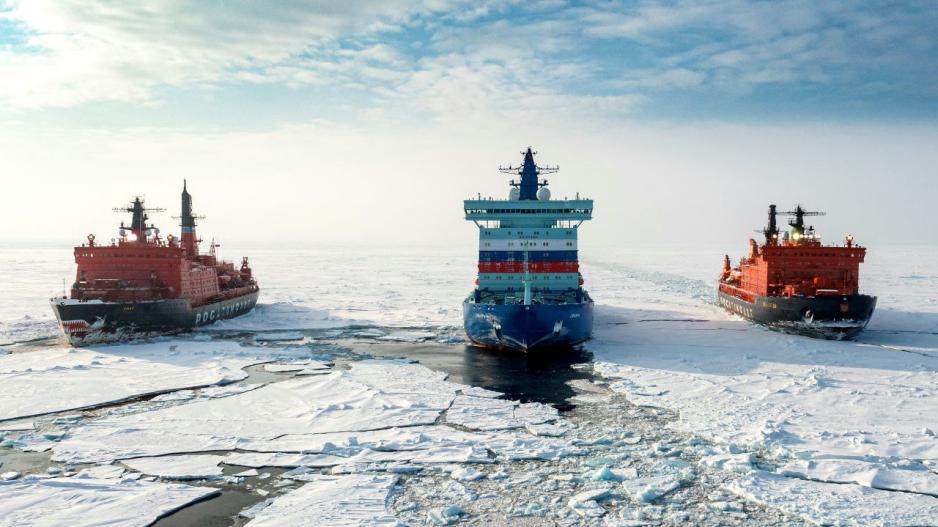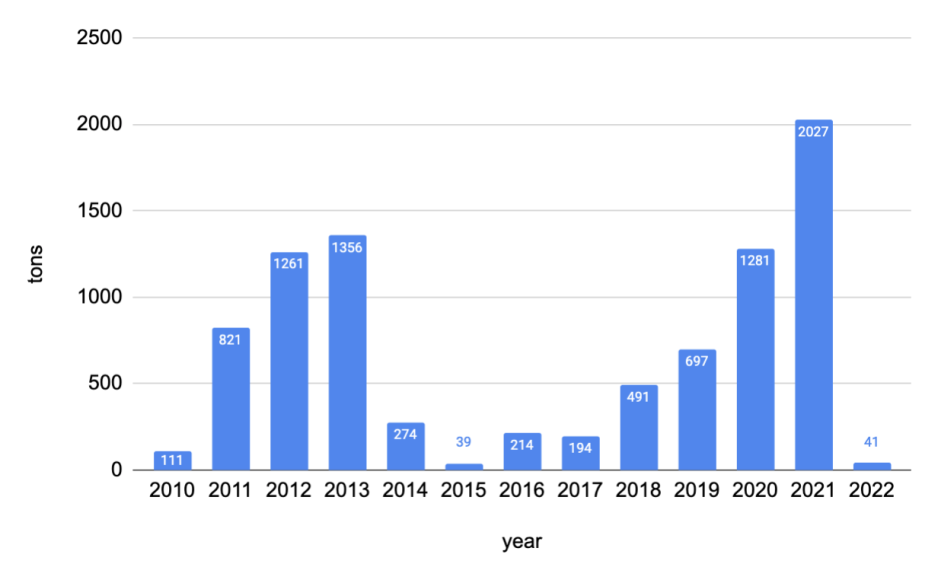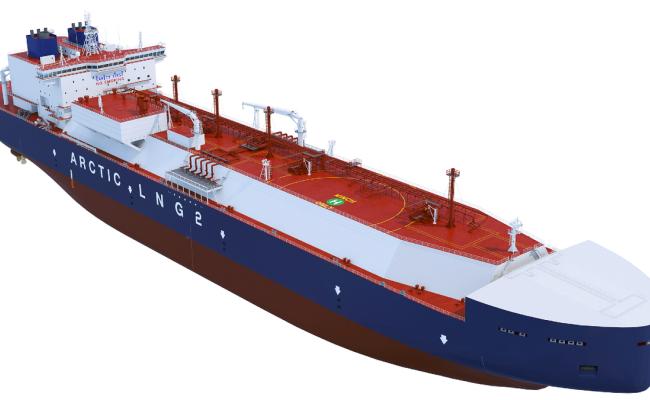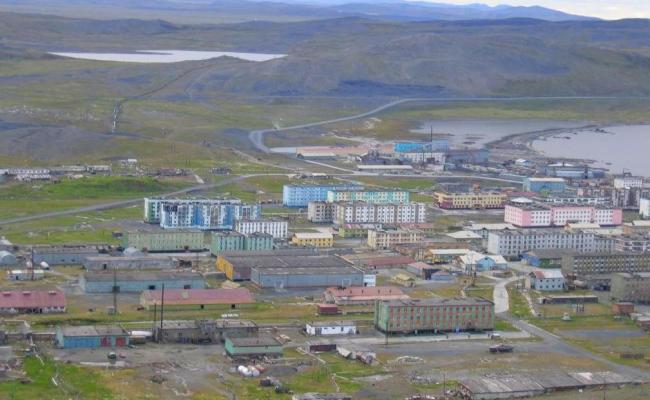Northern Sea Route Sees Lots of Russian Traffic, But No International Transits in 2022

Three Russian nuclear icebreakers on the Northern Sea Route. (Source: Atomflot)
A new report on the Northern Sea Route shows stable traffic originating from the Russian Arctic, but also notes that international transit traffic on the route has declined sharply. In addition, very few non-Russian vessels now use the route with data showing that almost 90 percent of vessels on the route fly the Russian flag.
A new comprehensive report by the Center for High North Logistics provides insights into cargo flows on Russia's Northern Sea Route (NSR) in 2022. While overall cargo volume has remained stable, the analysis shows that traffic has become even more dominated by Russian vessels and operators.
Economic sanctions and the subsequent withdrawal of western companies, e.g. in the oil and gas sector, resulted in less international traffic and operators using the route.
In total there were 2994 voyages along the NSR conducted by 314 different vessels in 2022. This constitutes a decrease over 2021 when the route saw 3227 trips by 414 different ships.
This difference can in part be explained by limited international operators using the route following the invasion of Ukraine. China’s COSCO shipping company, which during the previous decade was the largest non-Russian operator, did not conduct any trips along the NSR.
The overall cargo volume on the route remained roughly stable with 34m tons, compared to 34.8m tons the previous year. Around 20m tons comprise the transport of LNG from the port of Sabetta to Europe and Asia.
The route may see a renewed increase in this type of traffic this year.
Less construction activity
Unlike during previous years the route saw limited construction activity. While the construction of Novatek’s Yamal LNG required specialized cargo ships, e.g. heavy lift vessels or semi-submersibles, carrying modules and supplies for the completion of the plant, much fewer operations of this kind occurred in 2022.
With the construction of the Vostok Oil project and the completion of the first stage of the Arctic LNG 2 plant in 2023, the route may see a renewed increase in this type of traffic this year.
Russian-flagged vessels dominate
While during previous years, the route saw a significant number of non-Russian flagged vessels this number declined to just 36 ships in 2022.
Non-Russian vessels work primarily for Novatek’s Yamal project and are commonly flagged in Cyprus and the Bahamas. Russian-flagged vessels accounted for 278 out of the 314 ships.
In 2021 the route saw 116 international vessels, again showing a substantial decline in the number of non-Russian operators, as western companies no longer operate in the country.

Share of vessels on the NSR by country flag in 2021 and 2022. (Source: Author’s own work with CHNL data)
LNG dominates, limited transit traffic
The vast majority of cargo volume on the route – around 20m tons – arises from the transport of LNG from the port of Sabetta. Specialized Arc7 LNG carriers conducted 242 voyages carrying LNG. Another 38 voyages were made by gas carriers with lower or no ice-class protection.
The route saw very limited transit traffic. In contrast to 2021 where it registered 2.02m tons of transit cargo, last year it only accounted for 41.5k tons of transit cargo.

Transit traffic on the NSR between 2010 and 2022. (Source: Author's own work with CHNL data)
In fact, there was no international transit traffic in 2022, meaning not a single vessel traveled from a non-Russian port to another non-Russian port using the NSR. This is a sharp departure from prior years where the route saw up to several dozen international transits between ports in Europe and Asia.
“There was a sharp decline in the volume of cargo transported in transit via the NSR in 2022. The predominance of transit traffic is inside Russia and there is almost a complete absence of international cargos,” concludes the CHNL report.



